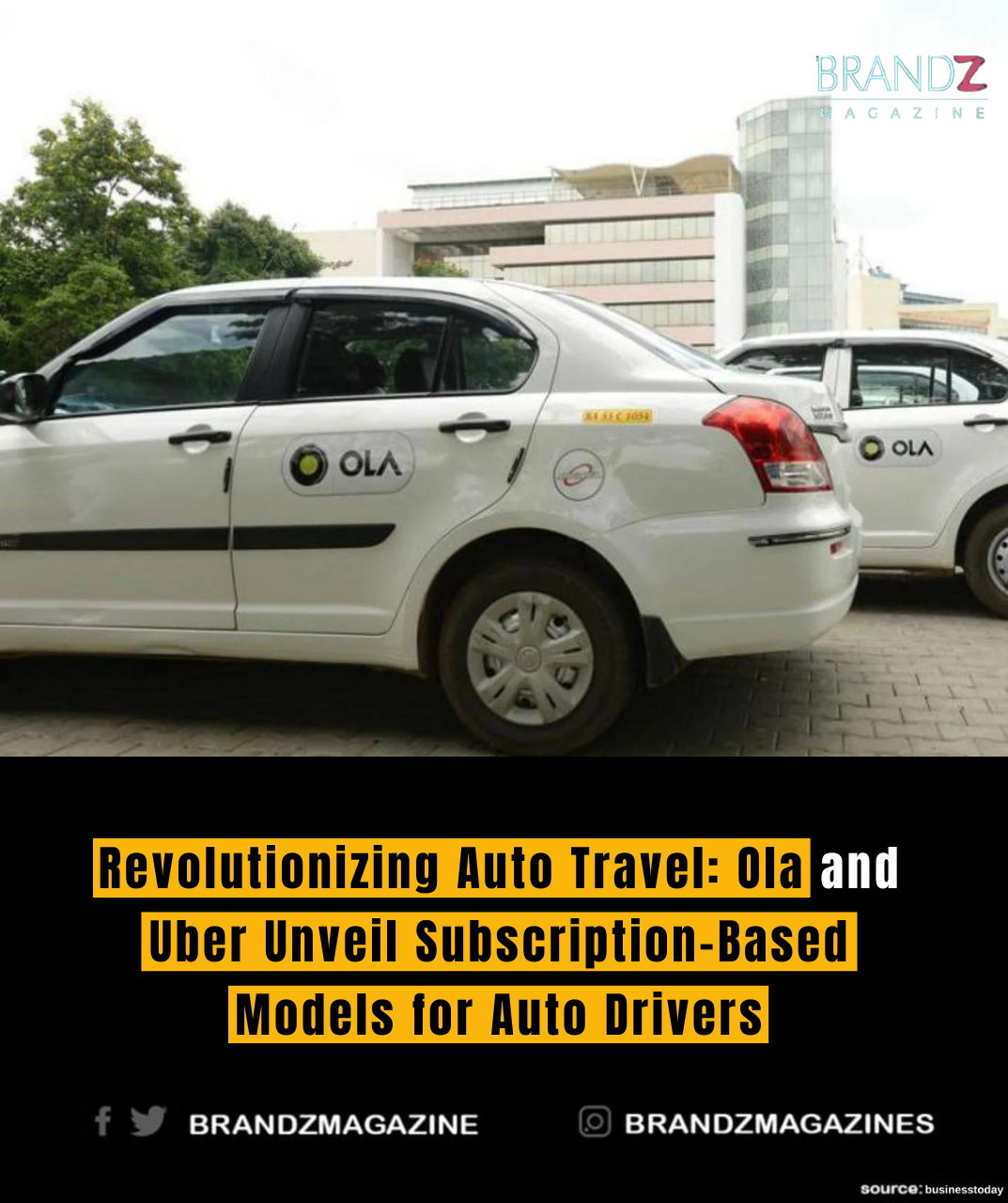
In a move set to transform the landscape of urban transportation, Ola and Uber, the leading ride-hailing platforms, have announced the launch of subscription-based models specifically tailored for auto-rickshaw drivers. This groundbreaking initiative aims to provide a stable income source for auto drivers while offering commuters a convenient and cost-effective mode of travel.
The subscription-based model introduced by Ola and Uber offers auto drivers a predictable and steady income by guaranteeing them a fixed monthly revenue. This innovative approach addresses the fluctuating nature of daily earnings for auto-rickshaw drivers, providing them with financial stability and peace of mind. Moreover, it incentivizes drivers to offer excellent service and maintain high standards, thereby enhancing the overall customer experience.
One of the key benefits of the subscription-based model is its affordability and convenience for commuters. With a fixed monthly fee, passengers can enjoy unlimited rides within a specified area or distance, eliminating the need for haggling over fares and ensuring a hassle-free travel experience. This model also encourages more people to opt for auto-rickshaws as their preferred mode of transportation, contributing to reduced traffic congestion and environmental impact.
Furthermore, Ola and Uber’s subscription-based models incorporate advanced technology and data analytics to optimize route planning and minimize waiting times for passengers. This ensures efficient utilization of resources and enhances the overall efficiency of auto-rickshaw services. Additionally, passengers can track their rides in real time, receive accurate fare estimates, and provide feedback, enhancing transparency and accountability in the system.
The introduction of subscription-based models for auto drivers by Ola and Uber reflects their commitment to fostering sustainable and inclusive mobility solutions. By empowering auto-rickshaw drivers with a stable income and offering commuters a reliable and affordable travel option, these platforms are driving positive change in urban transportation dynamics.
Moreover, this initiative has the potential to create employment opportunities and improve livelihoods for a significant number of auto-rickshaw drivers, especially in urban areas where demand for convenient transportation services is high. It also aligns with the government’s vision of promoting shared mobility and reducing dependence on private vehicles, contributing to a cleaner and more sustainable environment.
As the subscription-based models gain traction and popularity among both drivers and passengers, Ola and Uber are poised to redefine the auto-rickshaw segment and set new standards for mobility solutions in the digital era. This strategic move not only enhances the competitiveness of these platforms but also benefits the wider community by offering efficient, affordable, and accessible transportation options.

